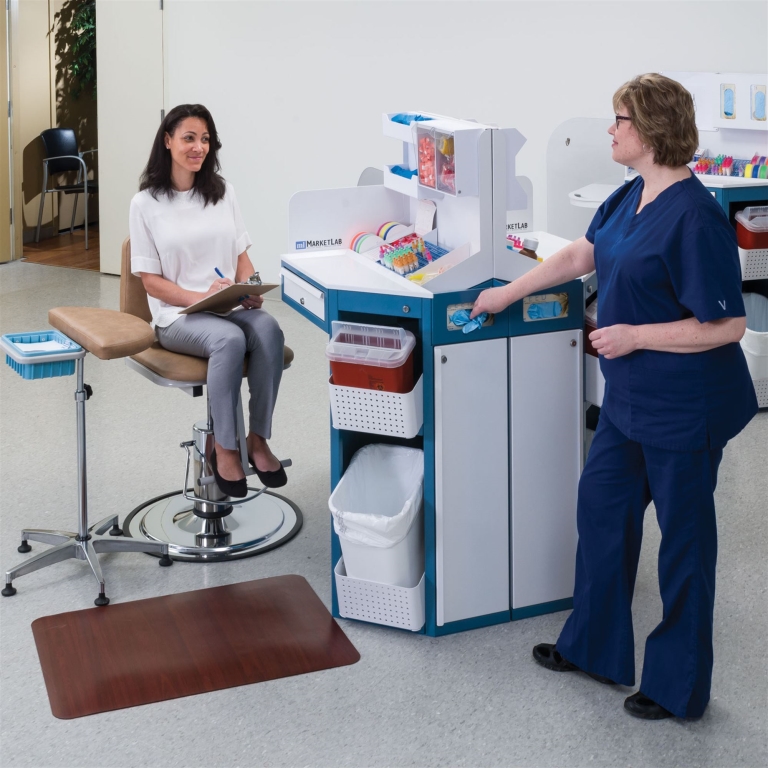Essential Education and Training Requirements to Become a Phlebotomist: Your Complete guide
Phlebotomy is an in-demand healthcare profession where individuals play a vital role in analyzing blood samples for diagnosis and treatment. If you’re considering a career as a phlebotomist, understanding the essential education and training requirements is crucial for your success. This extensive guide covers everything you need to know about how to become a phlebotomist, from educational pathways to certification processes.
What is phlebotomy?
Phlebotomy involves drawing blood from patients for medical testing, transfusions, and donations. Phlebotomists are trained professionals who ensure that blood samples are collected safely and effectively. They work in various healthcare settings, including hospitals, laboratories, and clinics.
Educational Requirements for Phlebotomy
The educational path to becoming a phlebotomist varies by state and employer. Generally,the following steps outline what you need to pursue:
High School Diploma or GED
The first step to becoming a phlebotomist is obtaining a high school diploma or GED. This foundational education provides basic skills in biology,chemistry,and mathematics,which are essential for understanding blood collection and analysis.
Phlebotomy Training Programs
A dedicated phlebotomy training program is essential for developing the necessary skills. These programs are typically offered at community colleges, vocational schools, and hospitals. Here are the key components of a phlebotomy training program:
- Coursework: Students will learn about anatomy, physiology, and medical terminology.
- Hands-on Training: Programs include practical training in blood collection techniques and patient care.
- Duration: Most training programs last from a few weeks to a few months.
Certification Requirements
While certification isn’t always required, many employers prefer to hire certified phlebotomists. Several organizations offer certification, including:
- American society for Clinical Pathology (ASCP)
- National Phlebotomy association (NPA)
- American Medical Technologists (AMT)
Each organization has its own certification process, typically requiring candidates to pass an exam and demonstrate proficiency in phlebotomy techniques.
Essential Skills for a Successful Phlebotomist
Beyond education and training,successful phlebotomists possess a range of essential skills:
- Attention to Detail: Accuracy is critical when dealing with patient samples.
- Communication Skills: Phlebotomists must effectively communicate with patients and healthcare staff.
- Empathy: Understanding patient anxiety and providing reassurance is vital.
- Technical Skills: Proficiency with blood collection equipment and procedures is necessary.
Benefits of Becoming a Phlebotomist
Pursuing a career as a phlebotomist offers several benefits, including:
- Job Stability: The healthcare field is growing, leading to high demand for phlebotomists.
- Flexible Work Options: Phlebotomists can work in various settings and hours.
- Entry-Level Opportunities: Phlebotomy programs typically require less time compared to other healthcare professions.
Steps to Become a Phlebotomist
Here’s a fast overview of the steps to becoming a phlebotomist:
- Complete a high school diploma or GED.
- Enroll in a phlebotomy training program.
- Gain hands-on clinical experience.
- Obtain phlebotomy certification thru an accredited body.
- Apply for jobs in healthcare facilities.
Real-Life Experiences in phlebotomy
case Study: Jane’s Journey to Becoming a Phlebotomist
jane, a 26-year-old aspiring phlebotomist, decided to switch careers from retail to healthcare. She completed a three-month phlebotomy training program and gained hands-on experience during her internship at a local hospital. After passing the ASCP certification exam, she secured a position as a phlebotomist within two months. Jane found the job gratifying, especially when helping patients feel at ease throughout the blood collection process.
Conclusion
Becoming a phlebotomist is a rewarding career path that offers a blend of technical skills and patient interaction. By completing the necessary education and training, you can position yourself for success in this vital healthcare role. Whether you’re looking to start your career in healthcare or transition from another field, phlebotomy represents a gateway into the dynamic world of medical professions.Embrace the journey, become certified, and make a difference in the lives of patients every day!
